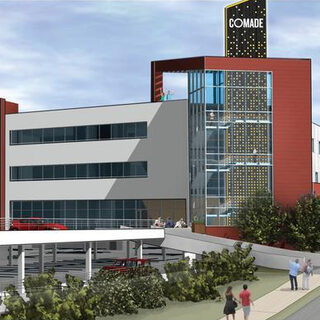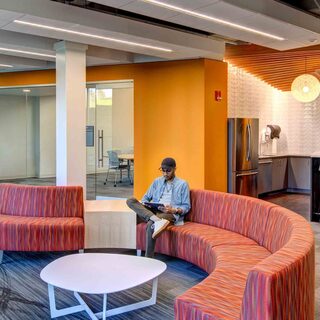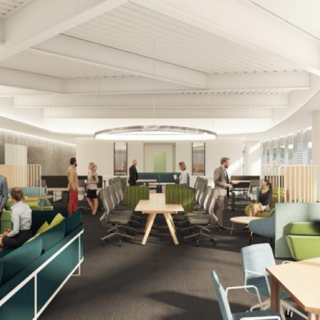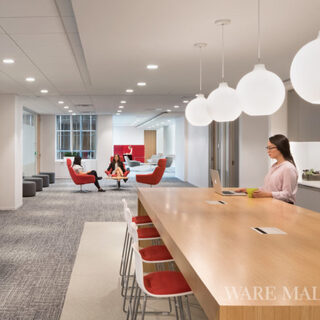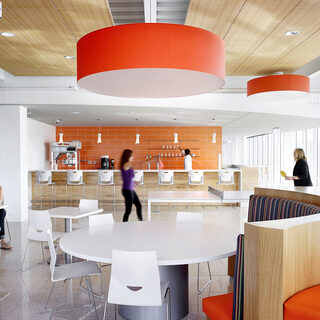Uptown Consortium Plans CoMade Innovation Hub
Uptown Consortium is planning to build the $26 million CoMade innovation hub in Cincinnati. Designed by BDR Design Group, the three-story, 100,000-sf facility will provide leasable space for startup companies engaged in product development and early-stage manufacturing operations. The building will also accommodate integrated job training programs to support the creation of a skilled workforce. Completion is expected by fall of 2020. The construction and land acquisition cost for the project is $21 million.

